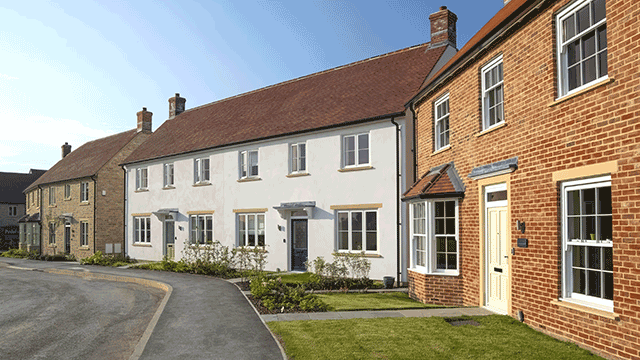The character of the locality informs the degree of protection to be afforded to the claimant in a claim for private nuisance, the High Court has underlined in Diana Effie Elliot Ray v Windrush Riverside Properties Limited [2022] EWCH 2210 (TCC), a claim for damages for emissions of noise and odour from neighbouring business premises.
The claimant was the owner of Kevinscot, a property in High Street, Bourton-on-the-Water and the defendant owned the adjoining property, St Kevins. Kevinscot was used as a centre demonstrating sustainable lifestyles with a shop and secluded walled garden until 2015 when the claimant obtained planning permission to use it as holiday premises suitable for occupation by disabled persons, and it was adapted accordingly.
St Kevins, originally a café/takeway and separate newsagent, was restructured in 2017 to create a fish and chip takeaway and an enlarged restaurant. The works included installing air intake and extraction fans and flues, air conditioning units and a detached refrigeration unit (the plant). The restaurant and takeaway both closed as a consequence of the coronavirus pandemic and had not re-opened.
The claimant alleged that during the period 1 April 2018 – 23 March 2020 the emissions of noise and odours from the plant unreasonably interfered with the use and enjoyment of Kevinscot so that she was unable to market it as a holiday let. In mitigation of her loss, she let it to her godson at a discounted rent because of the noise and odours.
A private nuisance is an unauthorised act or omission which unduly interferes with the claimant’s reasonable enjoyment of its land and is to be assessed objectively Lawrence v Fen Tigers Ltd [2014] UKSC 13. The court assessed the character of the locality not, as the claimant contended, as one of tranquillity but as a tourist trap receiving up to 10,000 visitors a day with the attendant noise and activity centred on the High Street.
The court preferred the evidence of the defendant’s expert in relation to noise levels since it was based on readings taken during daytime trading hours with the plant switched off. The claimant’s expert evidence which recorded a much higher difference was unreliable as it was based on readings taken outside the hours of operation of the plant. The court accepted that the plant created strong odours of cooking which lingered in the rear garden of Kevinscot materially detracting from its enjoyment.
There was a significant difference in perception between the parties as to the level of noise and odour generated by the plant. The claimant approached the issue with senses developed from the operation of Kevinscot as a centre for sustainability. It was unreasonable for her to expect that a tranquil eco-retreat could exist free from the defendant’s commercial operations. The character of the neighbourhood was inconsistent with this aim. The fact that the claimant’s godson had occupied Kevinscot for 16 of the 21 months in question supported the court’s conclusion. While for the claimant this was very much a second-best option the godson could live and work around the noise and smell which encapsulated the concept of “live and let live”.
Louise Clark is a property law consultant and mediator









